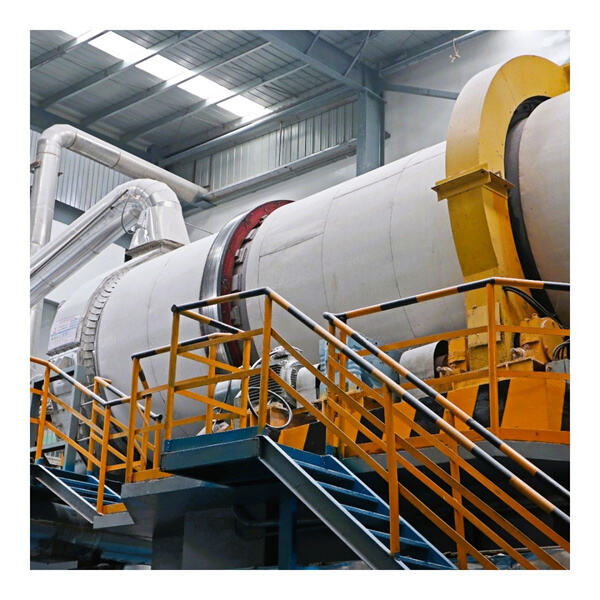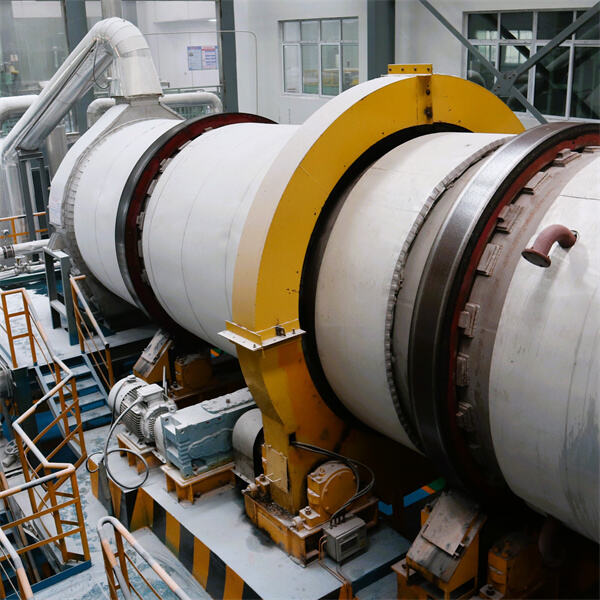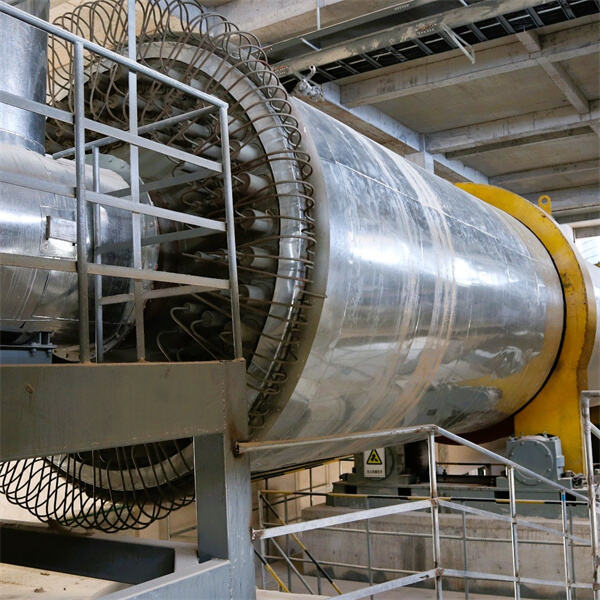Rotatory Furnaces are special machines which help factories to be more operative and efficient. The applications of X (B smokes its trends and ranges high, blah blah blah, hence) are crucial all around. One of the leading companies designing and making these machines is Shandong Tianli. We will also discuss fluid bed dryer working, the uses it provides in factories, benefits, maintenance methods and new trends in rotatory furnace technology that make them more effective.
Rotatory Furnace: This is the one machine that can heat, melt, burn, or evaporate various materials through rotation. If you have a giant cylinder that spins around and you put some things into it. These are materials that can be metals and also waste, too. The furnace rotates everything on a flat or inclined surface, allowing the heat to spread evenly over all materials. The fact that it spins or rotates is why it helps to heat the materials more quickly and evenly. Many metal, chemical, and building supply factories often use rotatory furnaces to get the job done.
Rotatory Furnaces can be used for multiple purposes in factories. They are also key in processes like melting and purifying metals like iron, copper, and zinc. Rotatory furnaces are used when workers are required to smelt these metals as they can do it safely and effectively. Beyond metal processing, these machines also produce key building materials such as cement and lime. Cement is a key component in solid structures, and lime is used in several building procedures. Rotative furnaces can also assist in the burning of refuse, converting it into reusable energy. Rotary furnaces are both beneficial and sustainable due to the ability to burn waste and reuse energy.

Rotatory Furnaces have numerous benefits in industrial processes. One of the key advantages is that they provide even heating and mixing of materials, making them very efficient for many applications. The centrifuge effect produces larger surfaces of materials that enable chemical reactions to occur more quickly. It also means processes can be done more quickly, which is always welcome in a busy factory. Another important advantage of this kind of furnace is energy-efficient. They can harness wasted energy to help with cost saving and energy consumption. The enclosed design also minimizes the amount of air pollution as the particles don't escape giving a cleaner and greener environment. Moreover, this design does not require any extra equipment, streamlining the procedure and making the process faster as well.

Regular maintenance and safety inspections are vital for keeping Rotatory Furnaces working smoothly and safely. So, first, it is important to clean the furnace as this can accumulate dangerous materials which can cause many problems if they are not handled properly. A well-maintained furnace is a safe furnace! How To Check Your Furnace Before Winter Check List One of the factors you will definitely want to look into is the state of the protective lining of your furnace. This lining protects the machine from heat within the device so that the machine operates under safe conditions. Operators must also ensure that these gears and bearings are properly lubricated and aligned. Safety precautions are significant, as having proper ventilation in the workplace and a proper use of personal protective equipment are among the critical factors to protect workers.

With time, Rotatory Furnace technology is growing while providing the new promising ideas enabling efficient working of such machines. One of the new innovations these days is smart sensor applications. These sensors have the capability to automatically monitor and control key parameters such as temperature and rotation speed. This implies the furnace can operate in an optimized way without excessive human interference and still have high efficiency. One new idea is to implement waste heat recovery systems. These systems can harness lost heat energy and convert it into useful energy, improving system efficiency and reducing waste. Other developments include the use of innovative materials (like high-strength ceramic fiber linings and high-strength nickel alloys) to construct fluid bed dryers. These materials can help to extend the life of the machines and improve their overall efficiency.